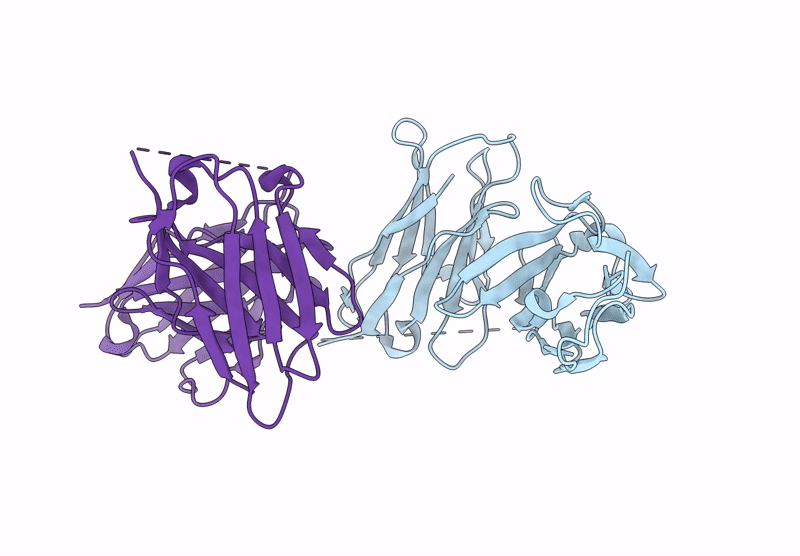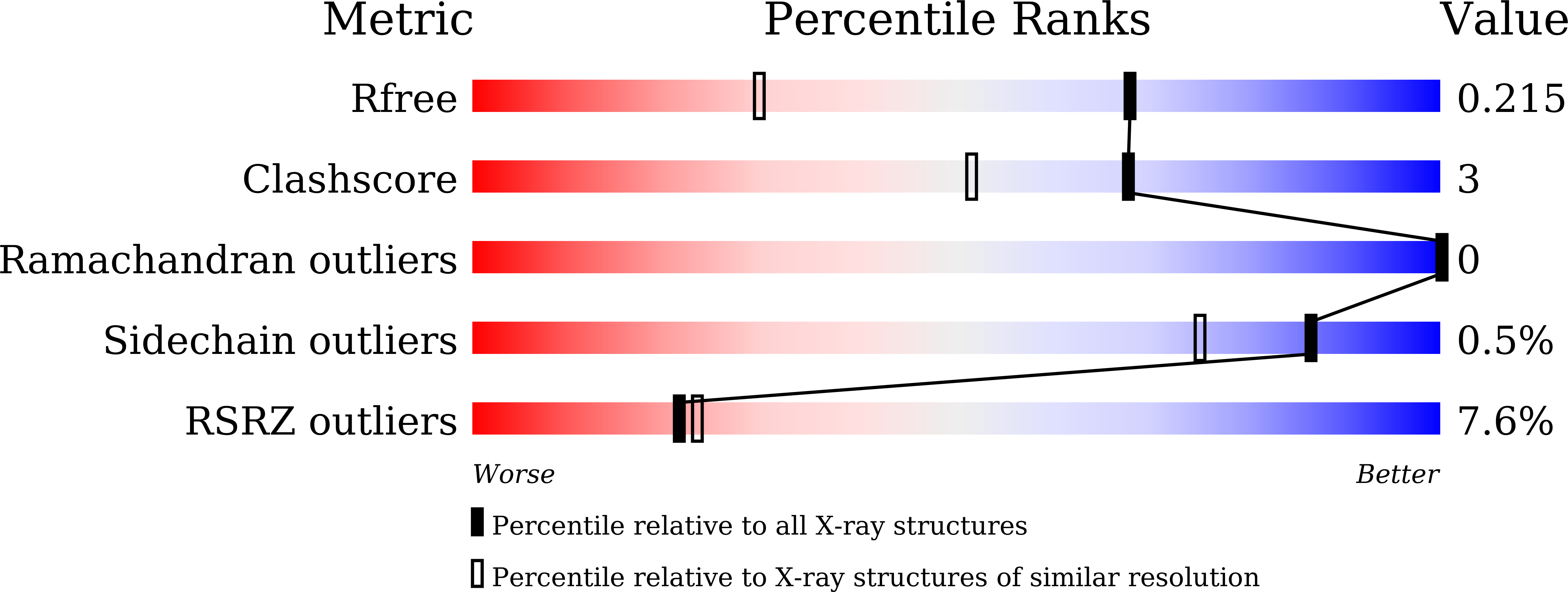
Deposition Date
2024-10-29
Release Date
2025-04-16
Last Version Date
2025-04-30
Entry Detail
PDB ID:
9KAT
Keywords:
Title:
Crystal structure of anti-sulfonylurea antibody scFv apo form
Biological Source:
Source Organism:
Mus musculus (Taxon ID: 10090)
Host Organism:
Method Details:
Experimental Method:
Resolution:
1.51 Å
R-Value Free:
0.21
R-Value Work:
0.19
R-Value Observed:
0.20
Space Group:
P 21 21 21


